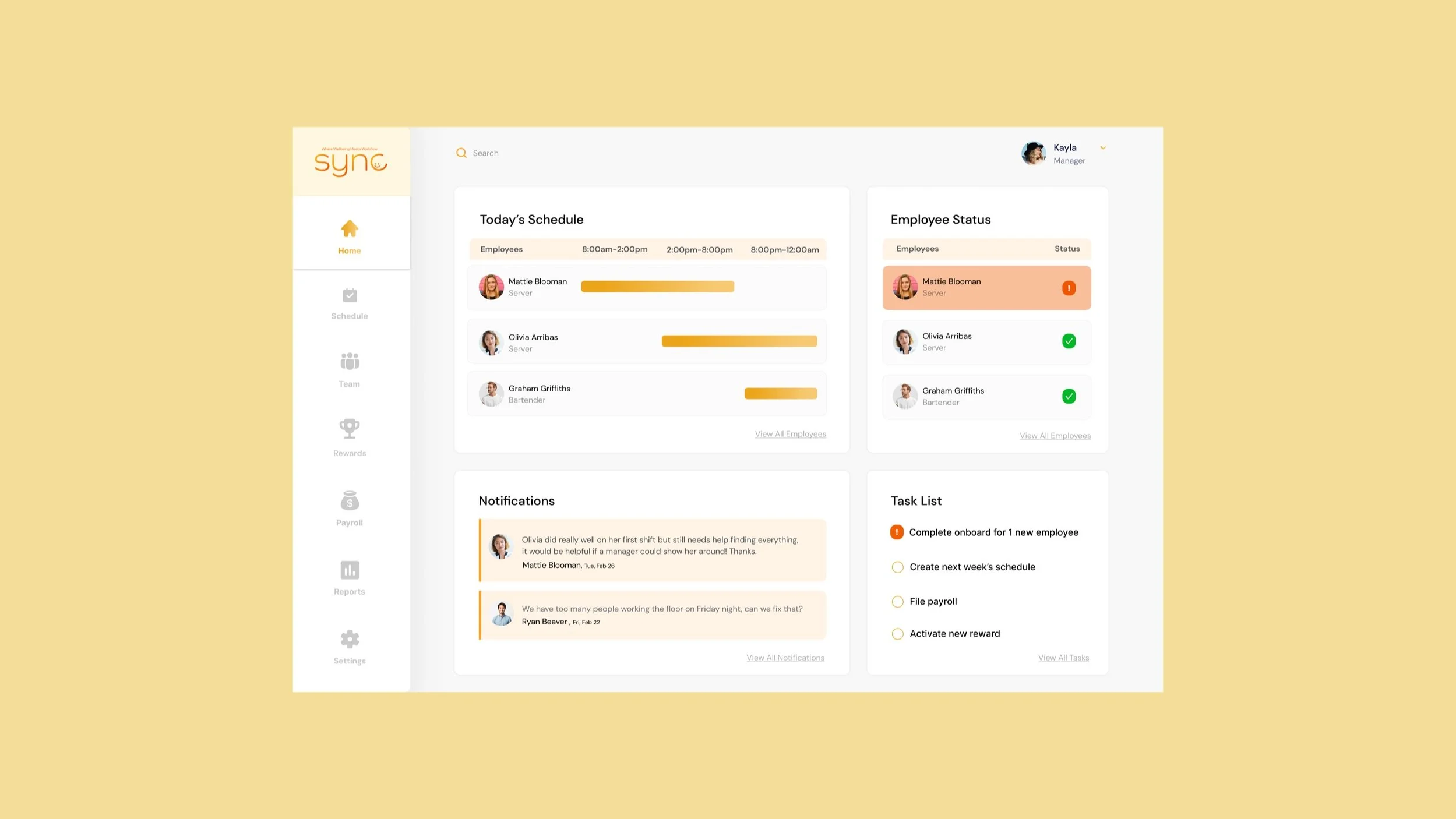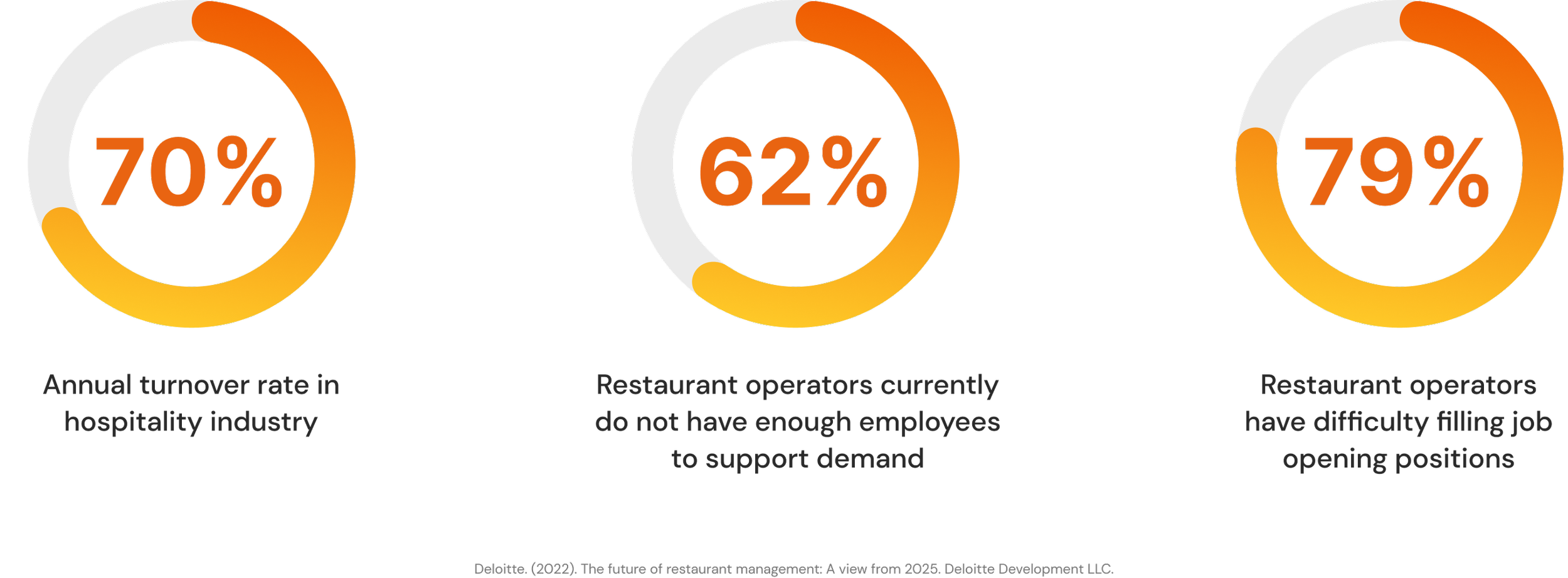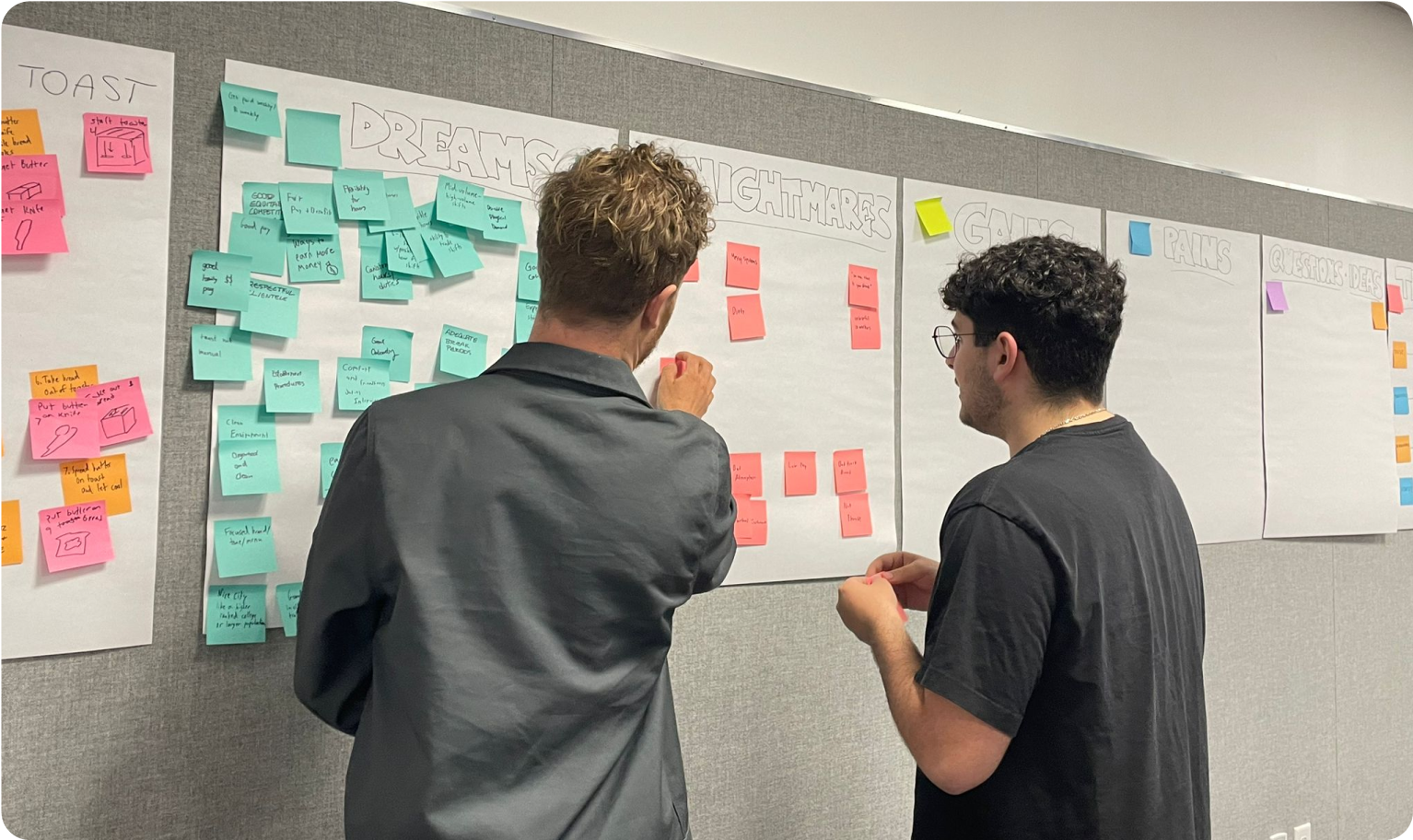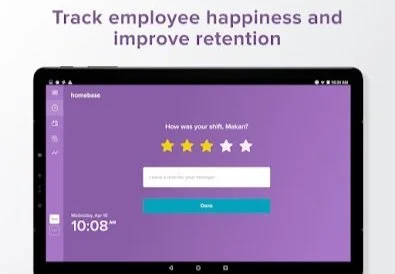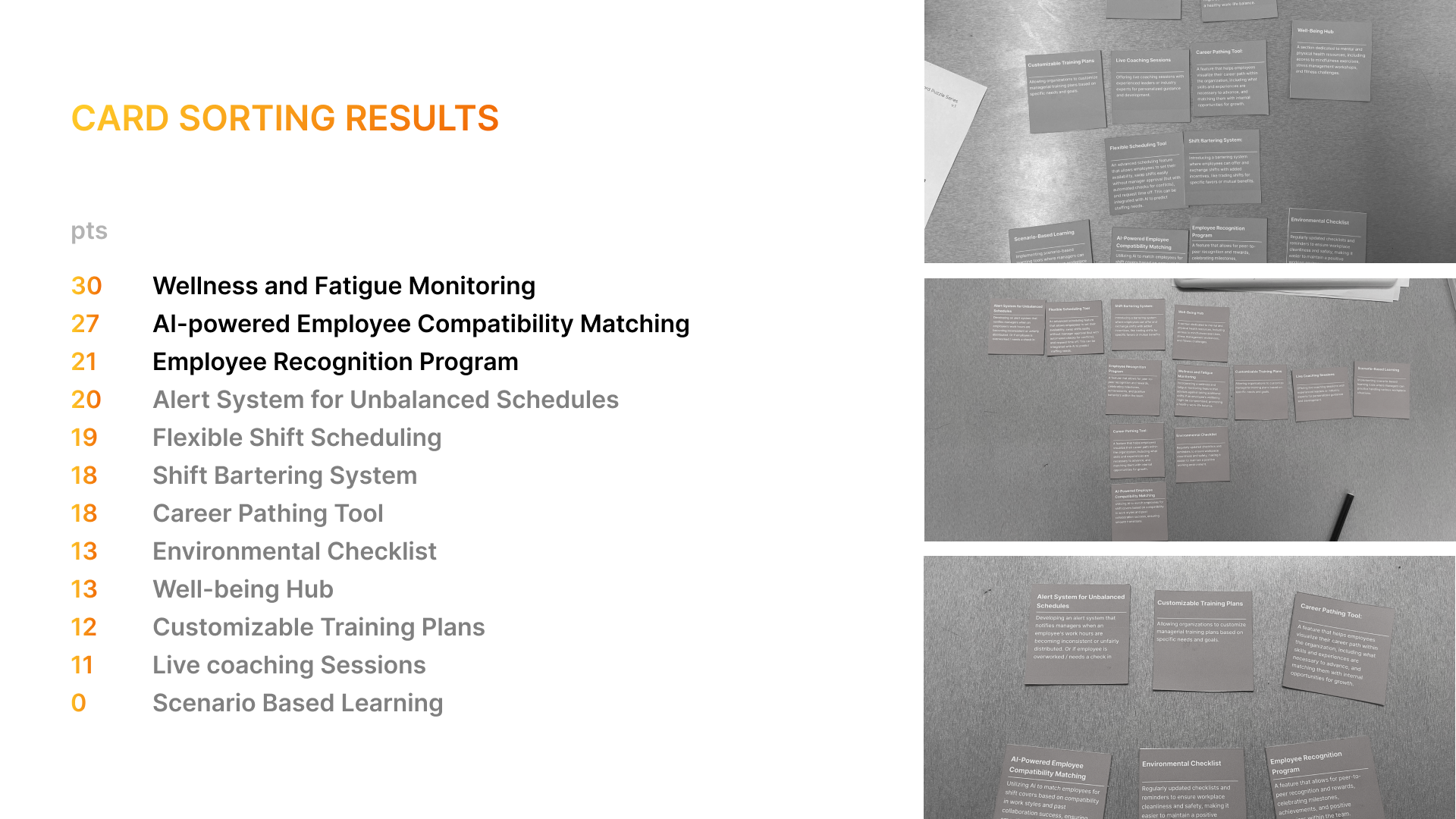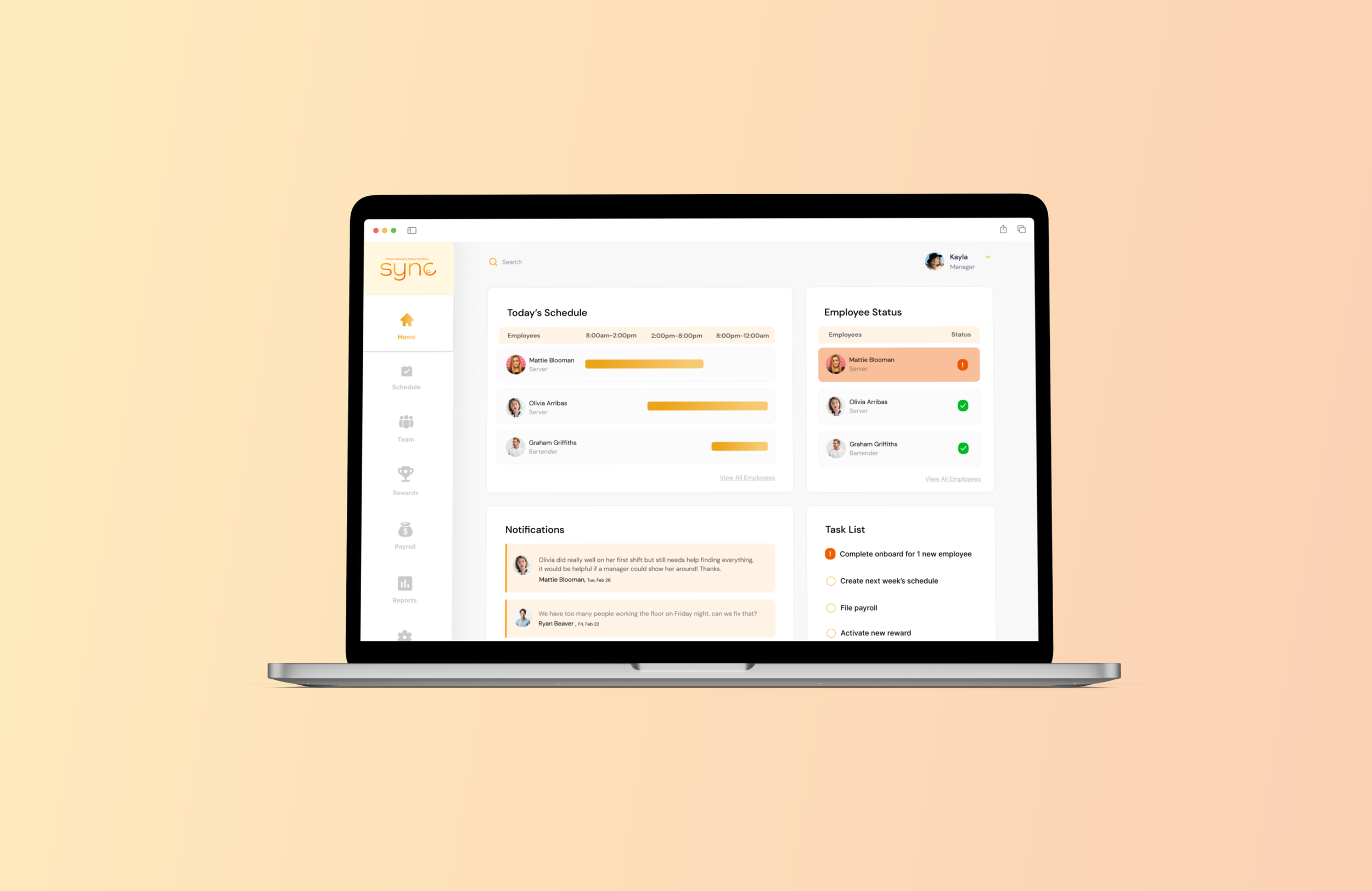Sync
Ecosystem Mapping • Mixed Methods Research • Service Blueprinting • Prototyping • Product Roadmap
Developed in Master’s Service Design course in a team of 4
Project Overview
Sync is a digital platform that enhances workplace dynamics by fostering a robust feedback loop between managers and employees, promoting transparency and active communication.
My Role
User research (in-depth interviews), co-creation workshops, presentation design, UI Design
The Challenge of High Turnover
In the hospitality industry, high turnover rates present a dual challenge, affecting businesses and employees deeply. Each departure is more than a lost number; it signifies a breakdown in team cohesion and increased operational costs. High turnover erodes workplace culture and employee morale. The journey to developing 'Sync' started with recognizing the need for a profound change in how managers and employees connect and communicate.
Digging Deeper
Annual turnover in the hospitality industry currently hovers around 70-80%, this impact leads businesses to struggle to attract and retain employees leading to increased operational challenges and impacting customer experiences.
Insights from the Ground
We gathered feedback from employees, hiring managers, and business owners in the hospitality industry to pinpoint the main reasons for high turnover. This direct input revealed significant issues in communication, hiring strategies, and general job satisfaction. By incorporating diverse viewpoints, we anchored our strategy in the hiring process that we found relied heavily on “word of mouth” for recruitment.
New Perspective
We gained a new perspective during our co-creation workshop with hospitality workers. Initially, we believed the hiring process was the main culprit behind high turnover. However, the workshop revealed the day-to-day employee experiences were the root cause. This revelation shifted our focus and approach towards designing 'Sync.'
Current digital workplace tools do not effectively use and translate employee feedback. Just rating a work shift on a scale of 1-5 stars doesn’t give actionable insights to employers.
Identifying Opportunity Areas
With our new perspective, we identified the top digital workplace tools and used a blue ocean canvas to highlight key areas for innovation.
Ideation to Creation: Designing 'Sync'
This phase was characterized by brainstorming sessions, card-sorting exercises, and iterative design sprints, all aimed at pinpointing the most crucial features needed to enhance the employee experience. The collaborative efforts brought a collection of key functionalities that would make 'Sync' impactful. These included real-time feedback mechanisms, transparent communication channels, and personalized employee engagement tools.
The Solution Unveiled
Crafting the Perfect Schedule
Options include AI-powered parameters such as improved chemistry, which pairs employees who work well together and schedules them for the same shifts when possible. This feature also allows managers to set and customize their parameters, ultimately saving time, and optimizing efficiency.
Actionable Feedback
Through Sync, business owners and management can actively monitor insights and feedback to improve employee engagement and retention
We developed a system for managers to see the status of their employees in one place. This feature encourages managers to take action based on employee feedback and address issues on time.
Employee Rewards
We developed a reward system to increase employee engagement and improve recognition. This feature allows managers to easily select rewards for their team, along with the goals associated with them.
Managers can also customize their own goals and rewards. The system also allows managers to recognize and reward individual employees and give suggestions based on employee performance and morale.
Takeaways and Learnings
Throughout the Sync project, I tapped into my food and beverage industry experience to identify opportunities for digital innovation in the hospitality sector, a profession still heavily reliant on traditional practices. Initially aiming to address hiring challenges, our team shifted focus to enhance the employee experience after identifying it as a core issue. We learned how to utilize co-creation and user-centric design to discover new perspectives and adapt away from our initial understanding of the root problem. This project not only sharpened my skills in collaborative problem-solving but also reinforced my capacity to lead with empathy and insight from our target users.


